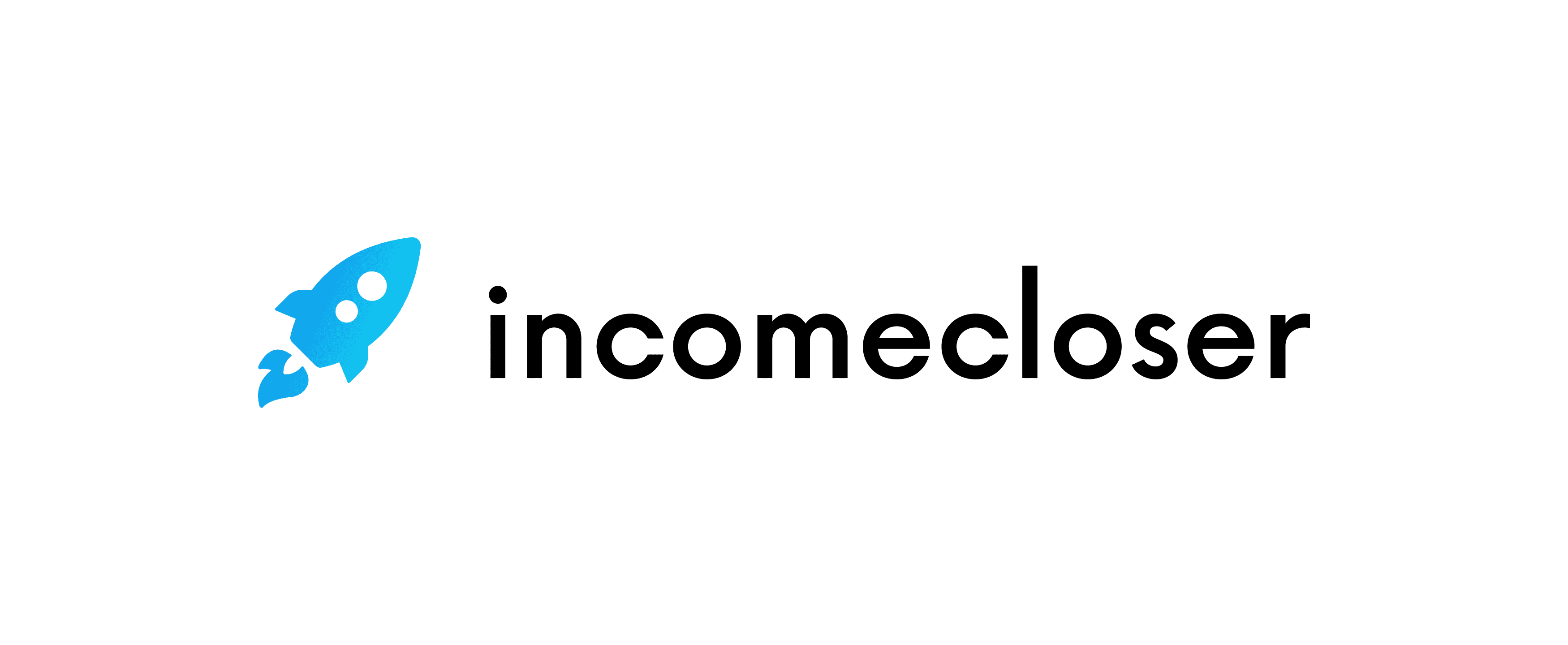How To Write Emails That Keep People Reading

How do you do that? By following these tips, tactics and ideas…
Step 1: Start With the End in Mind
Before you write a single word, you want to consider what it is that you want readers to do when they get to the end, such as click a link to purchase a product. That way, you can design an email that’s built around this end goal.
Step 2: Craft a Strong Opener
If subscribers open an email, and the first several lines don’t capture their attention, they’re going to move on. That’s why your opener is extremely important as far as getting and keeping the reader’s attention. Here are several solid ways to open your email…
Tell a story
Stories tend to engage people on an emotional level, keep them reading, and make your content more memorable.
For example, let’s suppose your email is going to share how to avoid common job interviewing mistakes. Instead of jumping right into the mistakes, you can share a story of what happened during one of your worst interviews ever. This sort of story not only makes your content more enjoyable to read, it helps build rapport with readers.
Ask a question
Another way to open your email is by asking a question. The key here is to ask a question that’s either NOT a yes or no question, or one that you already know how your reader will answer.
For example, if you’re writing to people who need to lose weight, you might ask the following yes or no question IF you’re sure your audience will say yes: “Do you dread shopping for swimsuits?”
Another type of question is to make people think about something. This works particularly well if the question engages them emotionally, like the following question. “What would you do if your dog walker lost your dog?”
Lay out a problem
Another way to open your email is to show your audience that you understand their problem. For example:
Imagine this…
You worked so long on this product. You thought you did absolutely everything right. You even hired a top-tier copywriter to craft the sales copy.
And yet when you opened your payment processor account, you didn’t see a single sale. Not one.
What on earth happened?
Next…
Build anticipation
If you have a “how to” or other informational emails, you might let readers know what they’re going to discover if they keep reading. The idea here is to build anticipation to keep them interested.
For example: “You’re about to discover a simple, yet wildly effective, way to boost your metabolism. And it doesn’t involve starving yourself, exercising for hours a day, doing some sort of weird “cleanse,” or taking pills…”
Step 3: Engage Readers Throughout the Email
If you have a good opener, then your readers are interested – for the time being, anyway. Now you need to keep them engaged. Follow these tips…
Use a conversational tone.
Imagine that you’re writing to a good friend and use that same conversational, friendly tone throughout.
Make your content easy to read.
Use short sentences and short paragraphs with plenty of white space. Keep in mind that many subscribers may be reading your email on their phone or other small device.
Drop cliffhangers.
Here’s where you build anticipation and curiosity about what’s coming up. E.G., “In just a moment, I’ll share with you my strategy for getting 1000 new email subscribers every month. But first…”
Think “edutainment.”
Your goal is to educate your readers, but you also want to entertain them so they’ll keep reading. To that end, use some light humor and use storytelling to keep people interested.
Step 4: Proof, Polish and Format
Your final step is to proofread your email to get rid of spelling errors, grammar errors and factual errors. For best results, you may ask someone else to proof your email, as they’ll be able to catch the errors that you missed.
Secondly, you’ll want to polish the content so that it reads smoothly, anyone can follow the information, and it’s detailed enough for people to take action on. You can also edit ruthlessly here by cutting out anything that isn’t absolutely necessary. Your subscribers are busy folks, so they’re going to bail out of your email if it’s full of fluff and filler.
One final note: While we hope that every subscriber reads every word of your emails, that’s not always the case. That’s why you’ll want to write for skimmers.
The idea here is to highlight the most important parts of your email
so that skimmers can still get the gist.
You can highlight important pieces by using:
- Bolding, especially by creating sub-headlines.
- Italicizing.
- Underlining.
- Highlighting.
- Different fonts.
- Different font sizes.
- Different font colors.
- Images that include important text.
- Captions to convey important text.
- Johnson boxes.
- Bulleted lists.
Keep in mind that skimmers often read the first and last parts of an email, so be sure to include important information in those sections.
Secondly, use the above highlighting methods sparingly. You don’t want to bold, italicize, underline, highlight or otherwise showcase too much, or nothing will seem important.
NOTE: To see an example of the right way to do it, just look at this lesson you’re reading right now. I’ve showcased certain pieces of text using features such as bulleted lists and headlines which helps skimmers without making the content look cartoonish and overdone.
Conclusion
Now that you know how to craft engaging content, take a few moments to brainstorm how you’ll engage readers with the next email you create. Be specific about how you’ll use the tips you just learned about.
For example, if you’re going to tell a story, WHAT story will you tell? If you ask questions, WHAT questions will you ask?
If you already have an email created, then use this lesson as a checklist to be sure the content is engaging. For example, is the content easy to read on a small device like a phone? Did you engage readers on an emotional level? Did you build anticipation for what’s coming later in the content?



